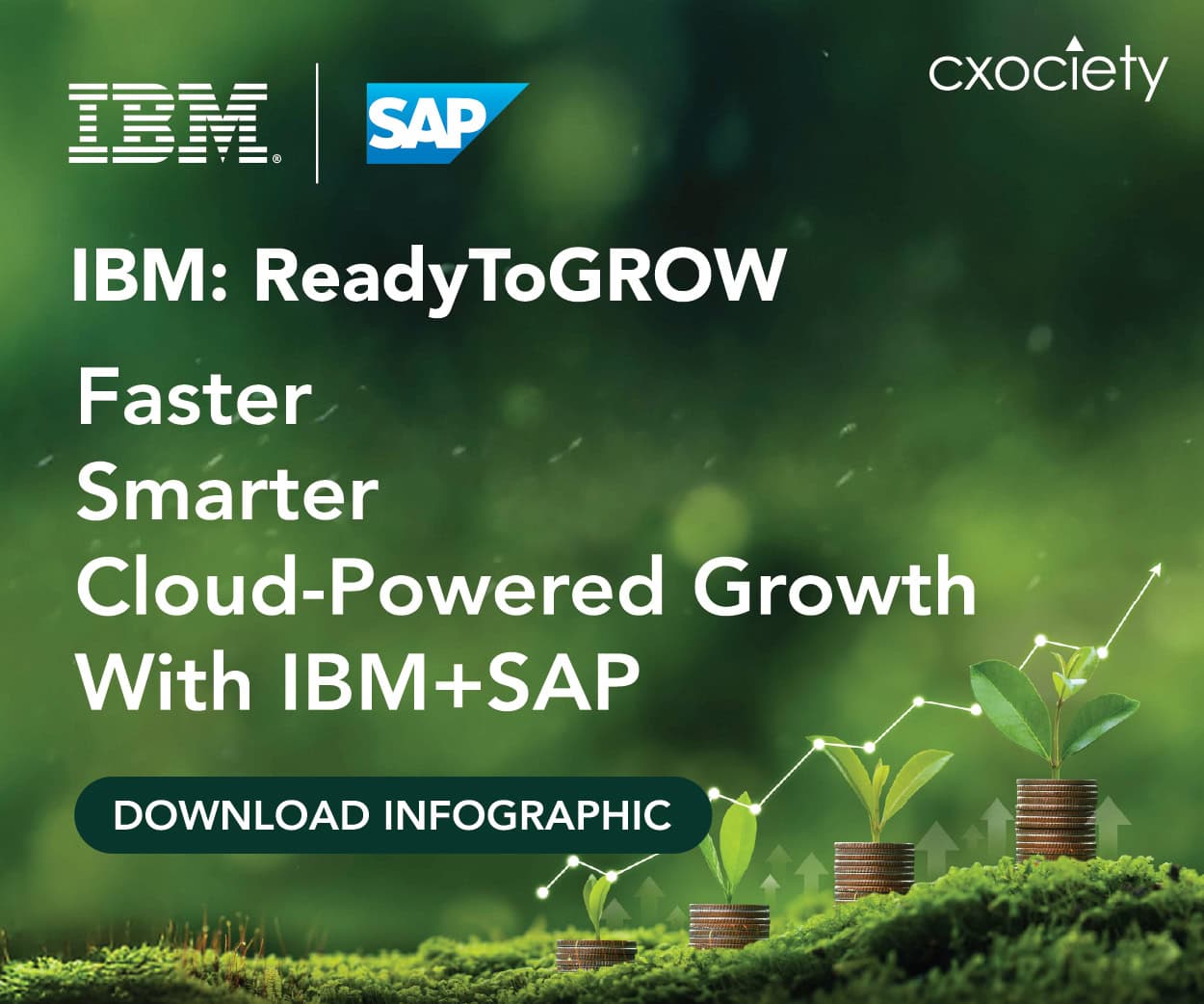
There was a time when decisions were made with your gut – that instinct or subconscious thought that tells you to go one way, and not the other. Laura Huang, an associate professor at Harvard Business School (HBS), wrote (on October 22, 2019) about the usefulness of making decisions based on gut feel.
“In the face of information overload, mounting risks and uncertainty, and intense pressures to make the right decisions, there is often debilitating evidence that delays our decision making. We put the choice off, rather than deciding. Trusting your gut allows leaders the freedom to move forward,” she wrote.
Data-driven decision making has been around even before Huang posited the continuing value of gut feeling decisioning. In the 2012 report, The Evolution of Decision Making: How Leading Organizations Are Adopting a Data-Driven Culture by the HBS, The authors noted that people have long preached the benefits of relying on data and insights from business intelligence (BI) and analytics to help make better and timelier decisions.
“A reliance on data from these tools was expected to deliver better financial performance. A global survey of 646 executives, managers, and professionals across all industries and geographies reveals a significant, albeit subtle, change in decision-making processes and their use of these analytics/BI tools,” concluded the report.

Adele Yim, partner and head of risk advisory services, Mazars in Hong Kong, concurred and added that using data for answering business questions is not a new idea, companies understand the need to leverage data to stay competitive and seize future opportunities.
“Industries sitting on signification amount of data would have an inherent advantage. But how much data you have is just the early stage of the data journey, what you do with it that really counts,” she added.

Appier CEO Chih-Han Yu commented that the pandemic has made companies in almost every industry aware of the need to digitalize, and this has put renewed focus on becoming ‘data-driven’.
“It is not surprising that digital-first sectors such as e-commerce are furthest ahead in using data to drive business, and companies in this field have intensified their efforts to derive insights from data as consumption, in general, has shifted online.
“But we can expect a reset of sorts as third-party tracking becomes a thing of the past. Companies of all sizes including e-commerce giants need to reposition themselves to use first-party data to drive decision-making,” he opined.
Mazar’s Yim concurred adding that reaching data maturity and being data-driven require businesses devoting heavy investment in technology, people, and executive time than they thought it would be.
“Our research showed that more than 80% of respondents believe they’re more data mature than their competitors, while less than half (43%) meet best practice when it comes to data maturity. This indicated that the data maturity level of many businesses is not as high as they think,” she continued.
The drivers of a data-driven strategy
Yim acknowledged building a data-driven culture requires collaboration at every level of the organization. “Not only require coordination between various business areas and systems to analyse and extract meaningful information from their data, but also challenge management’s courage and judgment to leverage these insights and transfer it into business models,” she continued.
For his part, Yu believed that for data to be part of business strategy, which is where it is most valuable, it must be driven by those who are accountable for business performance.
“At the same time, having a data leader within the C-suite can be highly beneficial to support the dissemination of knowledge and tools and to strengthen a data-informed culture,” he added.

Looking at it more broadly, Girish Ramachandran, president, Tata Consultancy Services (TCS) Asia Pacific, believed that every stakeholder within the digital ecosystem has a role in driving data-driven strategies on the path to success. “We also believe that companies that compete against each other by nature would benefit from collaborating,” he added.
Critical challenges in the road to becoming data-driven
The Mazars global study, The race to data maturity: is your business as far ahead as you think? revealed that 56% of middle management have full access to company data and insights, compared to 78% of their company’s top executives.
Yim noted that access to data is one side of the coin, enabling people to become more data-literate is on the other side. Companies in Asia are more conservative over data sharing, the mid-management gap is one of the most significant obstacles to creating a data-driven culture.
“Data quality issues including mapping data between different database/locations, designing data collection process are another obstacle that companies are struggling to become a data-driven organization,” she explained.
For Yu, making data intelligible is a key challenge. There is a general lack of talent with data expertise which stems from a lack of appropriate training or training staff without making the necessary infrastructural changes.
“Data is complex and a one-off, blanket approach to training usually proves ineffective. A more effective approach would be to train staff on relevant procedures immediately before putting them into action.
“This ensures that knowledge takes root and becomes practical rather than theoretical. As noted, legacy systems are often in need of modernization, though not necessarily a replacement. The challenge here is overcoming rigidity — ensuring that a system is adaptable and scalable and can assimilate new platforms as requirements around data evolve,” he continued.
One of the outcomes of both digital transformation and the pandemic has been the accelerated adoption of virtual technologies as the new normal.
Ramachandran countered that going virtual means more organizations are taking digital assets onto the cloud, cybersecurity and data privacy are more crucial than ever.
“Despite the rising tide of digital data, lack of data maturity is a common pain point among organizations. While many leaders of companies recognize and anticipate the massive growth in digital opportunities through 2025, most are significantly underestimating the amount of innovation they will have to compete this decade,” he lamented.
Dismantling the roadblocks to becoming data-driven
Yu believed that becoming data-driven requires a deliberate strategy – one that unites people, technology, and decision-making processes.
“Clarity of vision and purpose from the outset makes roadblocks easier to navigate. It is also important to remember that “becoming data-driven” happens gradually – you cannot flip a switch one day and be data-driven the next,” he cautioned.
Yim conceded that the journey to data maturity is challenging. “Ensuring top management engagement in the transformation process is a critical step. Next, businesses are required to devote heavy investment in technology, people and time and overcome all the obstacles, such as mid-management gap, data quality issues to unlock the full potential of their data,” she posited.
For Yu, leaders must have faith in the value of being data-driven and demonstrating the value of it throughout the organization. “When employees at all levels can see the positive impact of data on their work and on company performance, they will be much more likely to make it a fundamental part of their activities,” he put forward.
For Ramachandran, organizations should combine the best practices and frameworks to achieve digital and analytics maturity without limiting appropriate tools to select functions or a few experts.
“Having cloud-based systems will be the best way to attain enterprise-wide distribution of analytic insight derived from digital for universal accessibility. At the same time, they should continue to monitor regulatory environments in all areas of the world in which the company conducts business,” he commented.
2022 is coming. How do we accelerate our data maturity?
Yim suggested that while having a data governance program is a minimum requirement for companies of all sizes to reach data maturity, allocating a dedicated department for data management is a key factor to the success of data projects.
“Data steward is responsible for ensuring data quality whereas data owner is accountable for managing information assets. They are the key drivers to expedite the data-driven culture within an organization. Without them, this could be an indicator that these companies have not yet reached data maturity,” she concluded.
For Yu, the journey begins with the destruction of data silos so that people with decision-making powers can access it when they need it. Next is managing the distribution of data better and making it more easily accessible – all while emphasising its value for a business.
He also believed it important to have people with a true understanding of data installed in top-level positions, working alongside more traditional business leaders. Technology is the third leg of the journey.
“Automation is key to identifying consumer intent from the growing mountain of data before us – but more than that, decision-makers need technology that is able to learn and adapt based on the data that is entered into its system, saving time, and enabling rapid reconfiguration of campaigns. This test-and-learn approach is key to realising the potential of data as a tangible resource that drives business growth,” concluded Yu.
Ramachandran warned that digitally immature organizations are often the result of lacking a coherent data repository.
“Companies are recommended to leverage cloud services to support computational tasks and data centre management while investigating solutions to reduce data burden,” he suggested.





